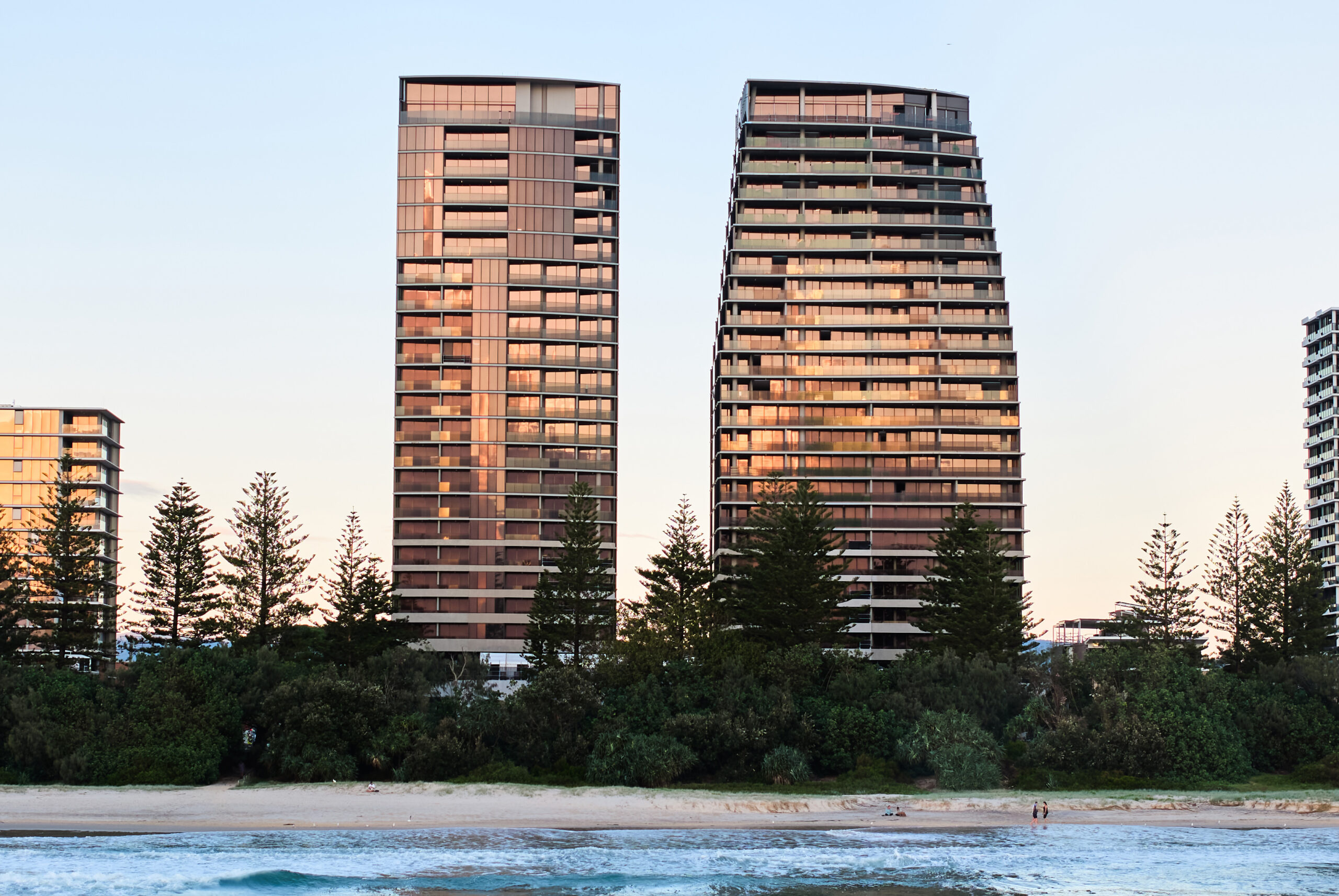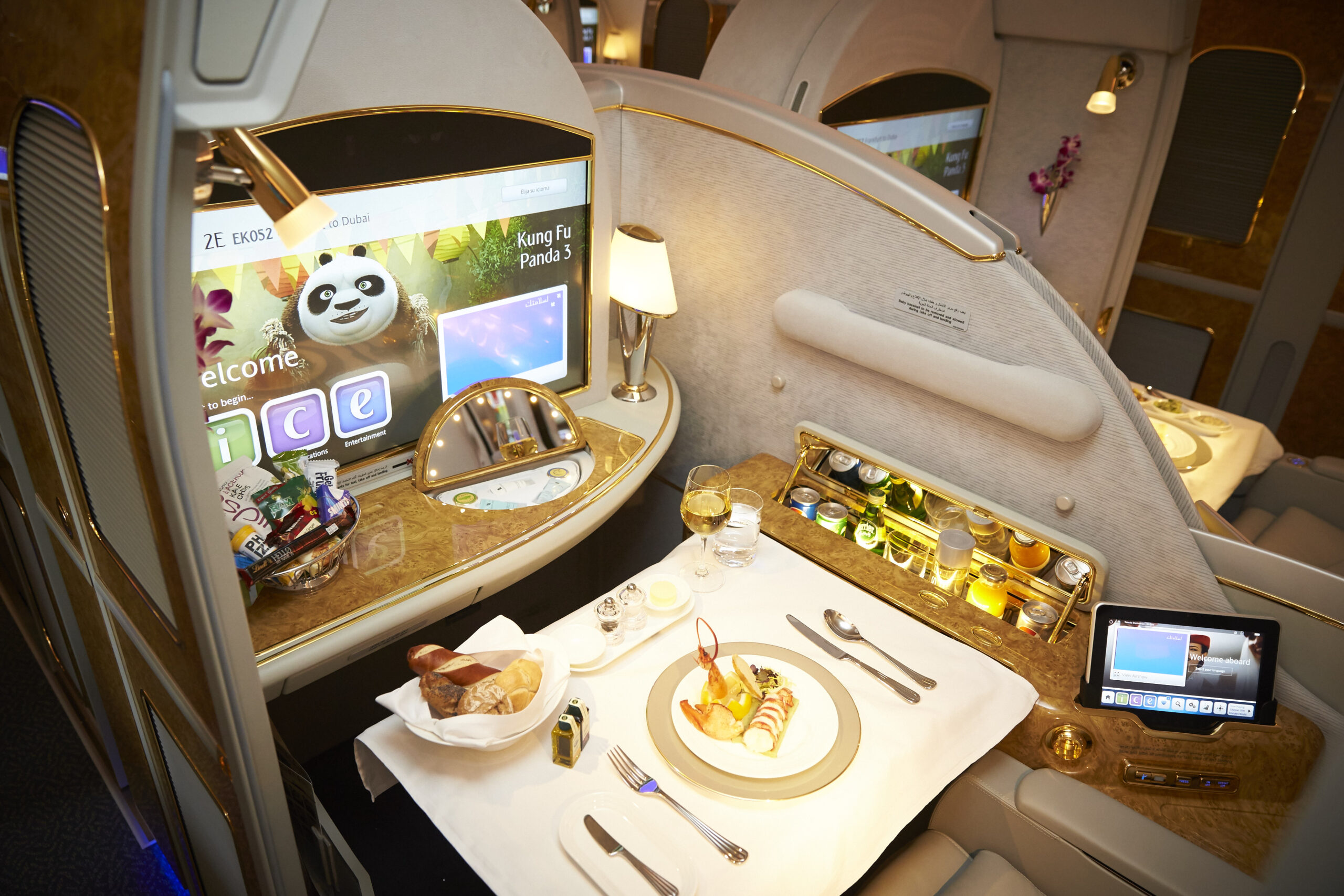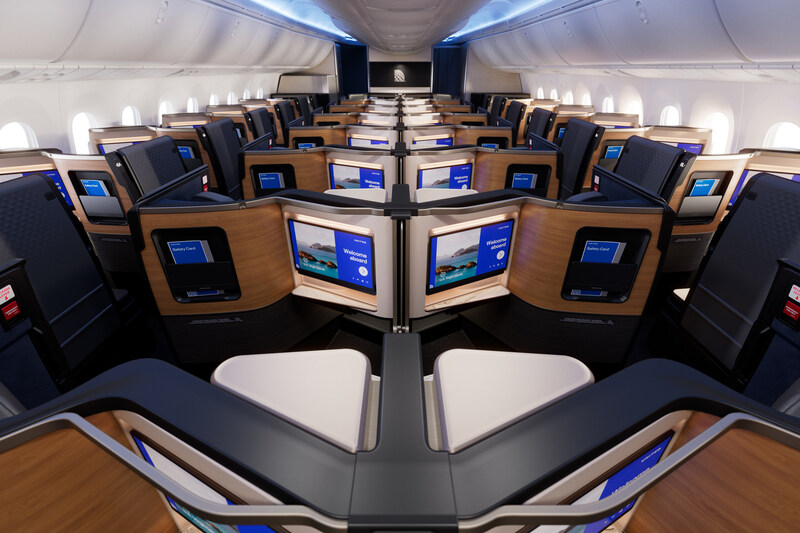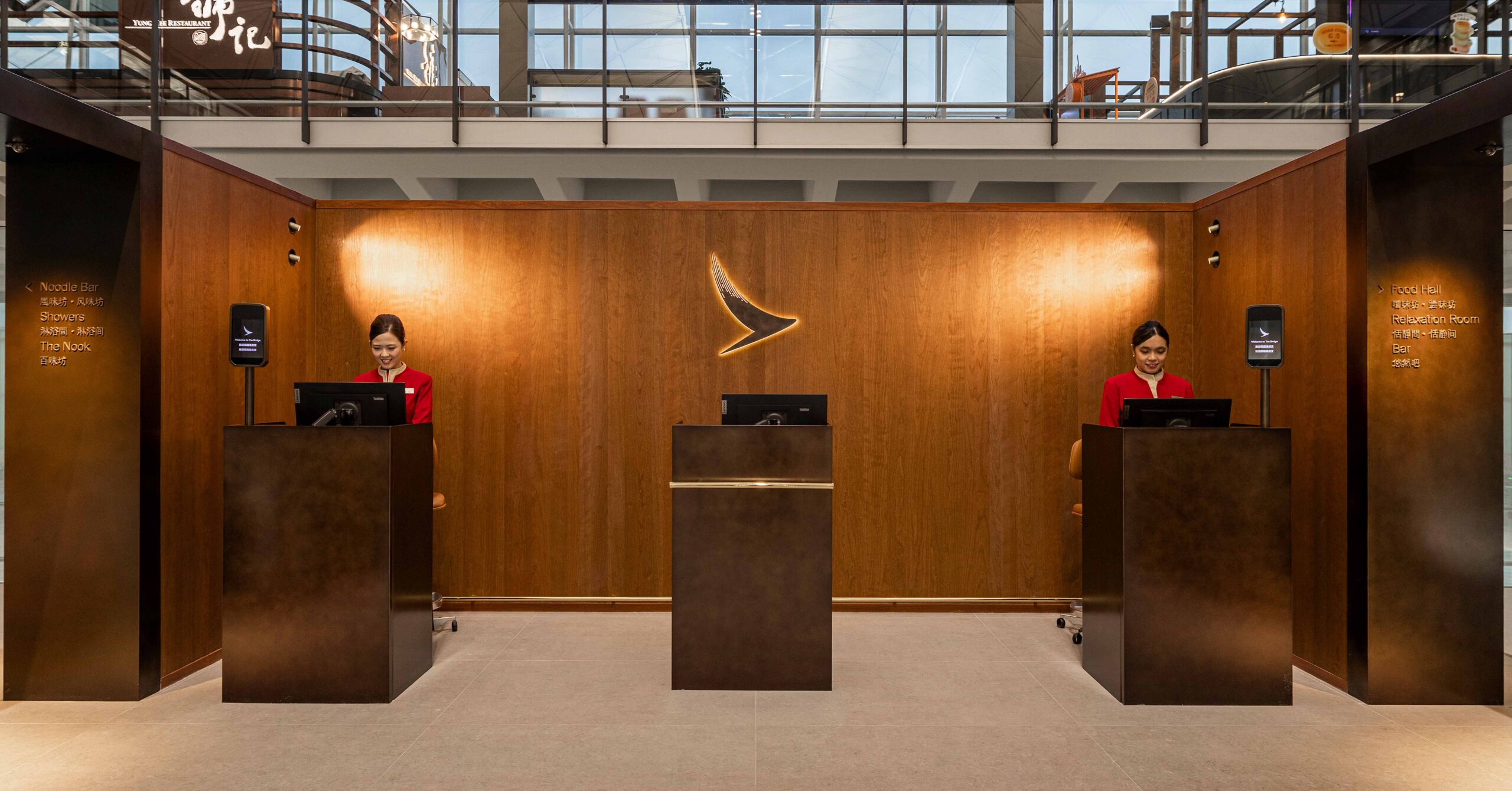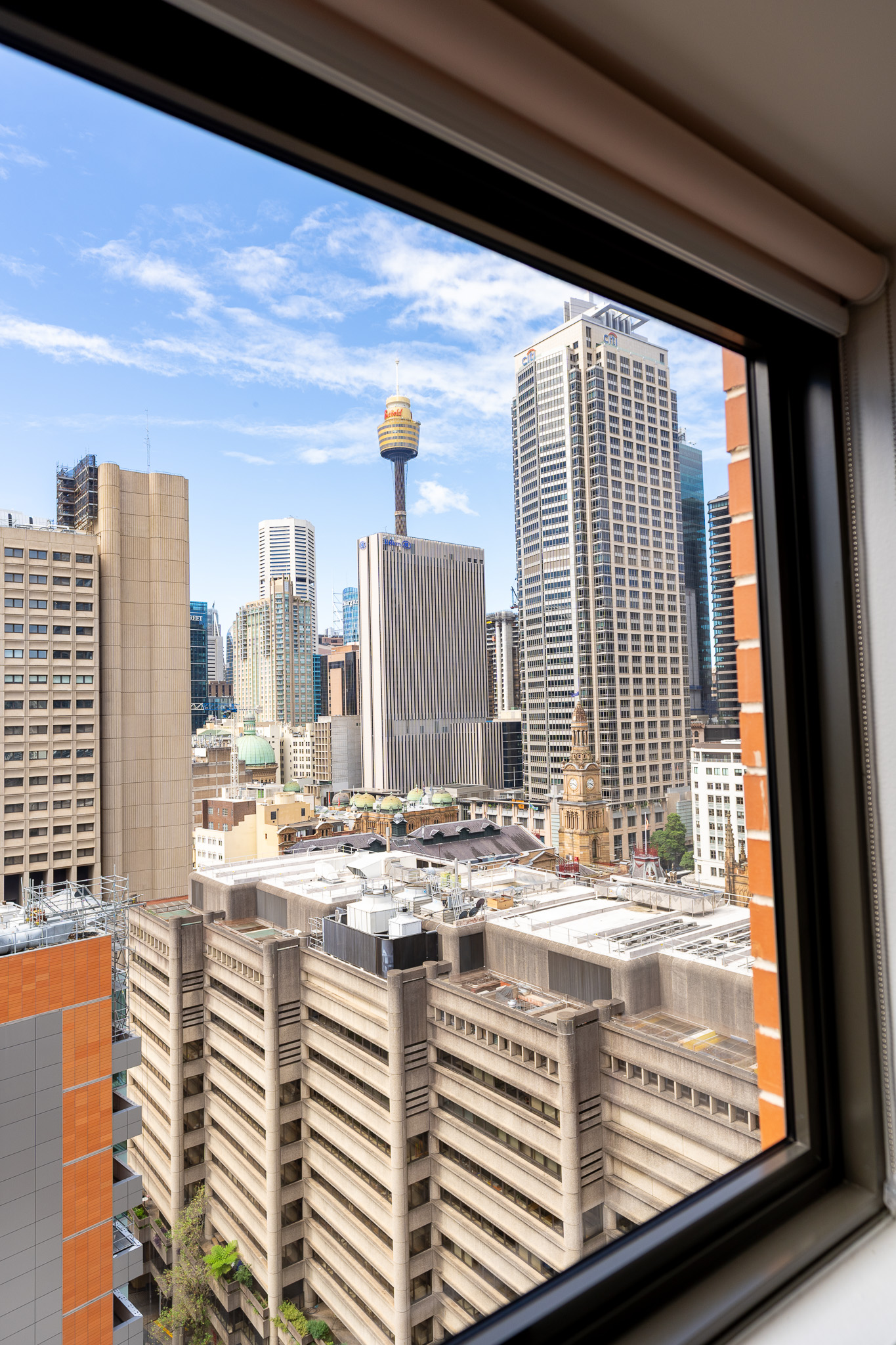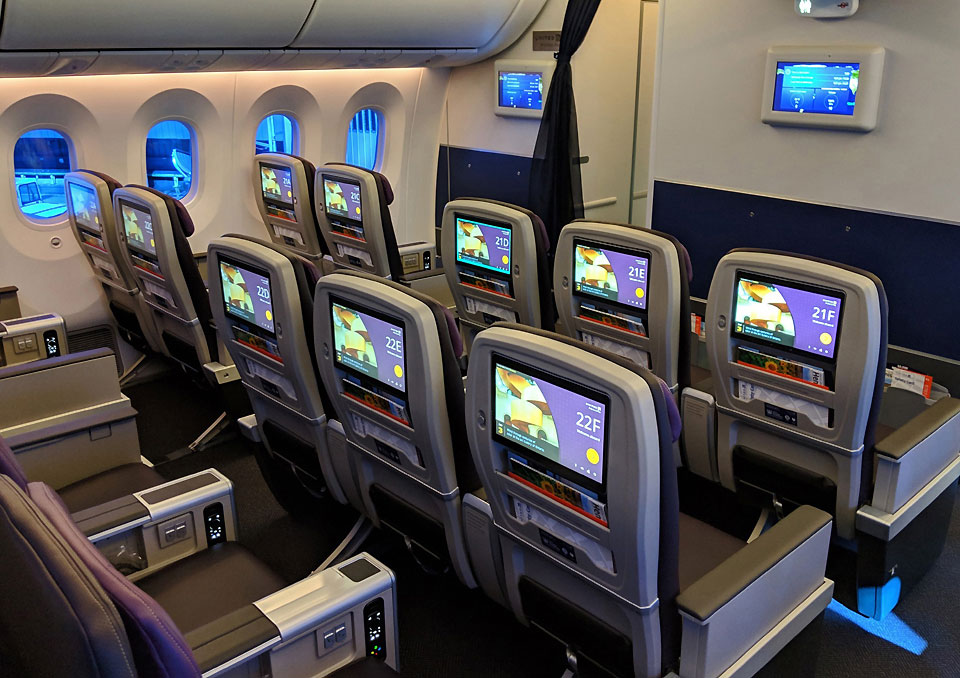
Topping the air travellers’ wish list
- December 9, 2019
Every year the International Air Transport Association (IATA) conducts a Global Passenger Survey, looking at what are the biggest frustrations for travellers and what they rank as the priorities to immeasurably enhance the travel experience. The latest survey shows that passengers are looking to technology to improve their travel experience.
The survey acts as the voice the passenger, providing objective and in-depth insights into the preferences and behaviours of air travellers around the world, helping to guide industry initiatives. The focus of the survey was on processes and technology in the travel experience, not specific airline or airport service levels. So what emerged as the top passenger priorities?
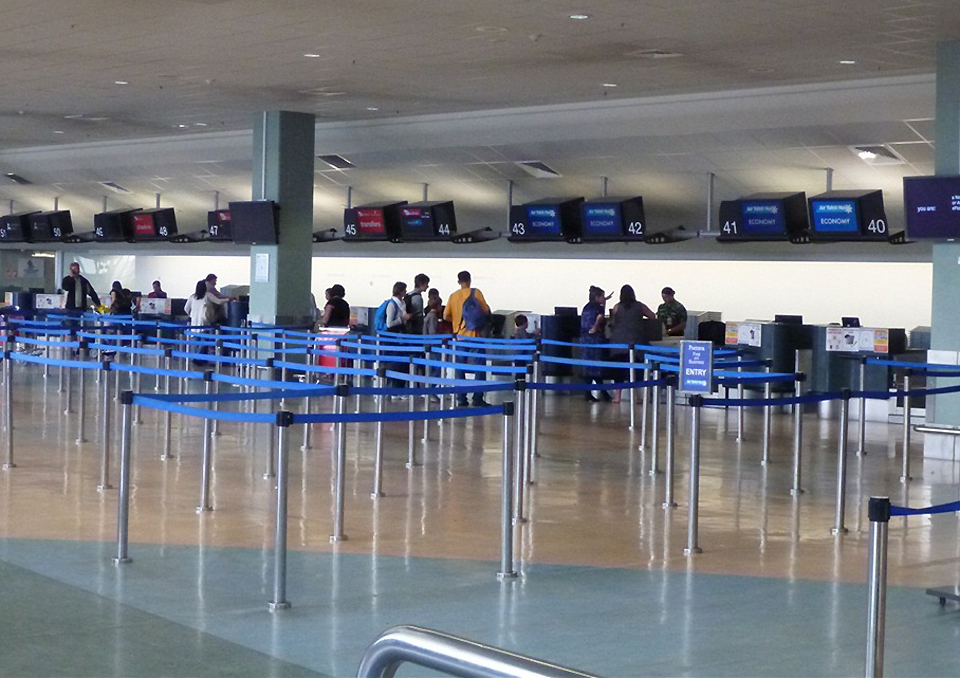
More Control. Passengers want to use their personal device to control more aspects of their travel journey from booking to arrival.
An airline app was the preferred method of booking for passengers from one of the world’s largest aviation markets, with 24% of travellers from North Asia preferring this method. It was also the second most popular choice among passengers in the Middle East, favoured by 14% of travellers. Booking through an airline website, although less popular than in 2018, remains the method of choice for most travellers globally (39%).
Using a smartphone was also identified by more than half of passengers (51%) as their preferred method of check-in. This was a 4% increase over 2018. Most passengers (72%) also wanted to be kept informed throughout their journey via travel notifications sent to their personal device. SMS remains the preferred notification option for 39% of passengers, but this trend has been decreasing since 2016.

Conversely, preference for receiving information via a smartphone app has increased by 10% since 2016 and is now the method of choice for one third of passengers.
The survey found that 83% of passengers want to receive information on the status of their flight and 45% would like information on their baggage. Passengers also asking for information to help them plan their passage through the airport with 45% wanting to know wait times at security and border control and 37% wanting to know wait times at customs.
Biometric technology to speed up airport processes. The survey found that 70% of passengers are willing to share additional personal information including their biometric identifiers to speed up processes at the airport. This increases in correlation with the number of flights taken per year. The highest support for this (76%) is among fliers who travel for business, more than 10 times per year.
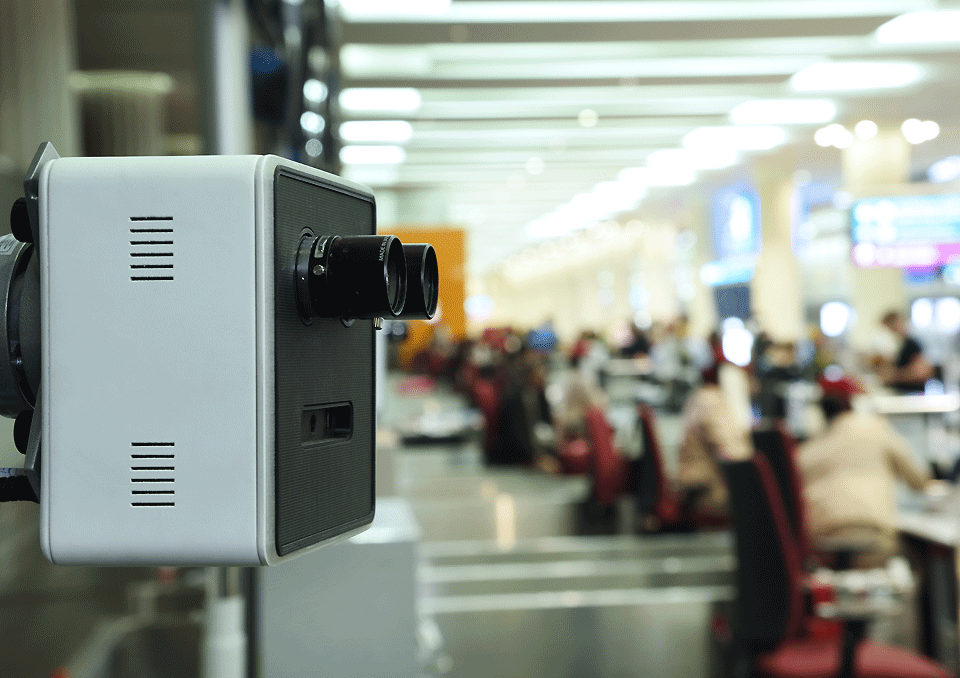
In addition, 46% of passengers would prefer to use biometric identification instead of a paper passport for their journey and 30% would opt to use a biometric token to board the plane. These findings lend strong support to IATA’s One ID project which aims to create a paperless airport experience for passengers where they can move from curb to gate using a single biometric travel token such as a face, fingerprint or iris scan.
High demand for baggage tracking. Over half of passengers (53%) said that they would be more likely to check their bag if they were able to track it throughout the journey. And 46% said that they want to be able to track their bag and have it delivered directly to an off-airport location, if that service were available.
Airlines and airports are working together to improve baggage information reliability by tracking baggage at major touch points such as loading and unloading (the implementation of IATA Resolution 753). And the 75th IATA AGM unanimously resolved to support the global deployment of Radio Frequency Identification (RFID) for baggage tracking. RFID read rates are 99.98% accurate which is significantly better than that of bar codes.
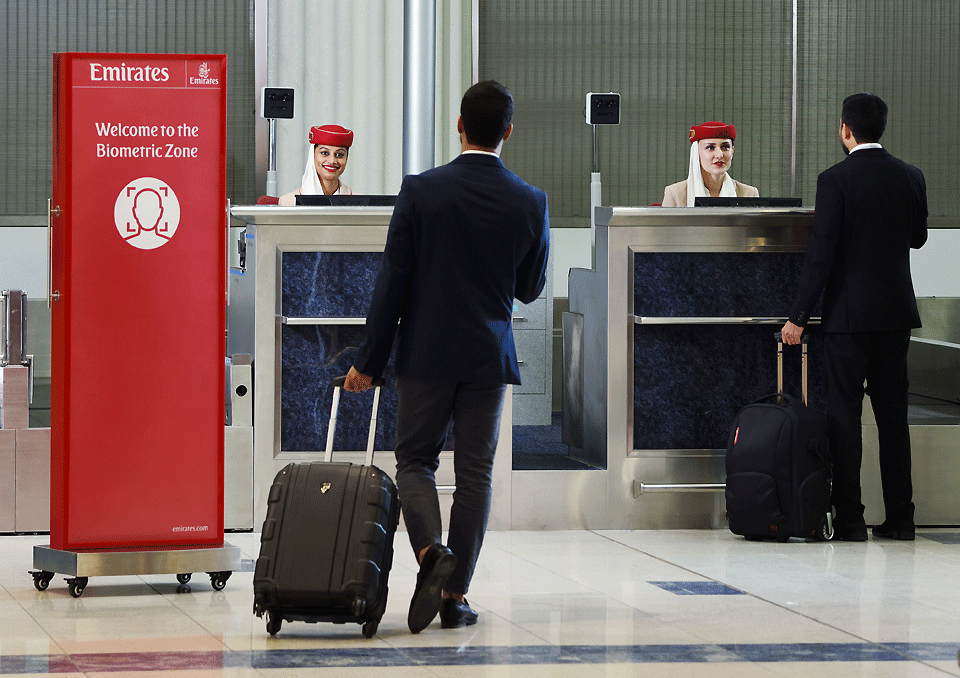
Time is of the essence for passengers. The survey indicated that 80% of passengers want to wait no longer than three minutes to drop off a bag. This increased to 10 minutes for queuing at immigration/customs for 79% of travellers. And only 2% would accept a waiting time longer than 20 minutes. Passengers (74%) also want to wait no longer than 10 minutes for baggage delivery. And almost none wants to wait longer than 20 minutes. The survey also found that for nearly three quarters (74%) of passengers, speed was the main benefit of using automated immigration gates/kiosks. A similar number (72%) gave the overall experience of automated immigration processing a thumbs up.
Onboard Wi-Fi . Passengers want onboard Wi-Fi. Some 53% of surveyed passengers found Wi-Fi important to have.
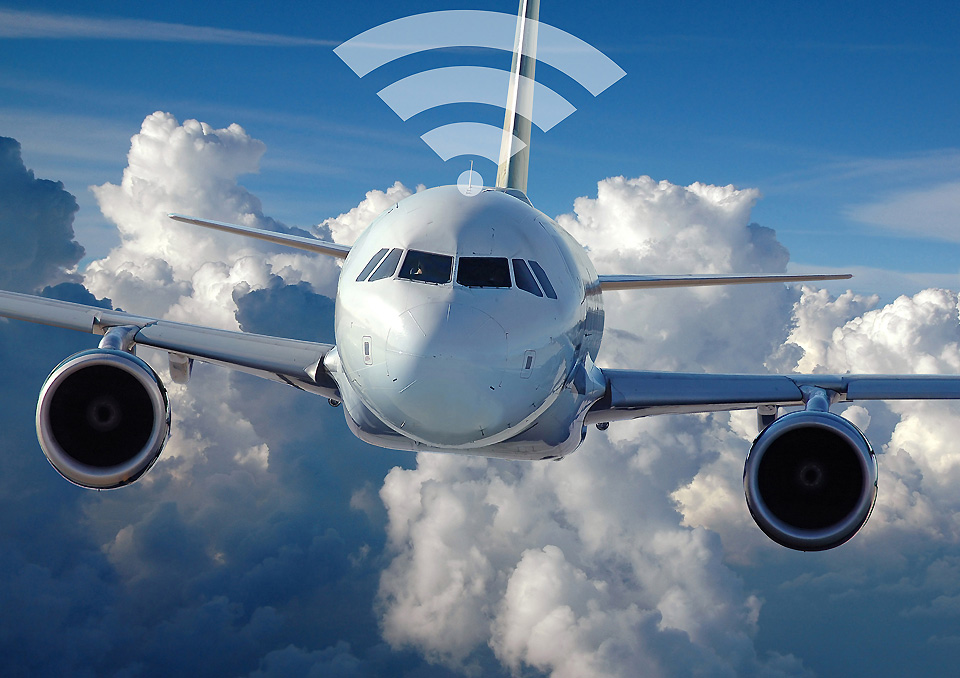
With availability of Wi-Fi connectivity continuing to have a direct impact on the overall travel experience, adopting the latest onboard Wi-Fi technology continues to be an effective way for airlines to distinguish their product offering.
Passenger pain point. Passengers once again identified airport security screening process and border control as two of their biggest pain points when travelling. Having to remove personal items was identified as a pain point by the most travellers (60%), closely followed by the removal of laptops and large electronic devices (48%) and variations in screening processes at different airports (41%).
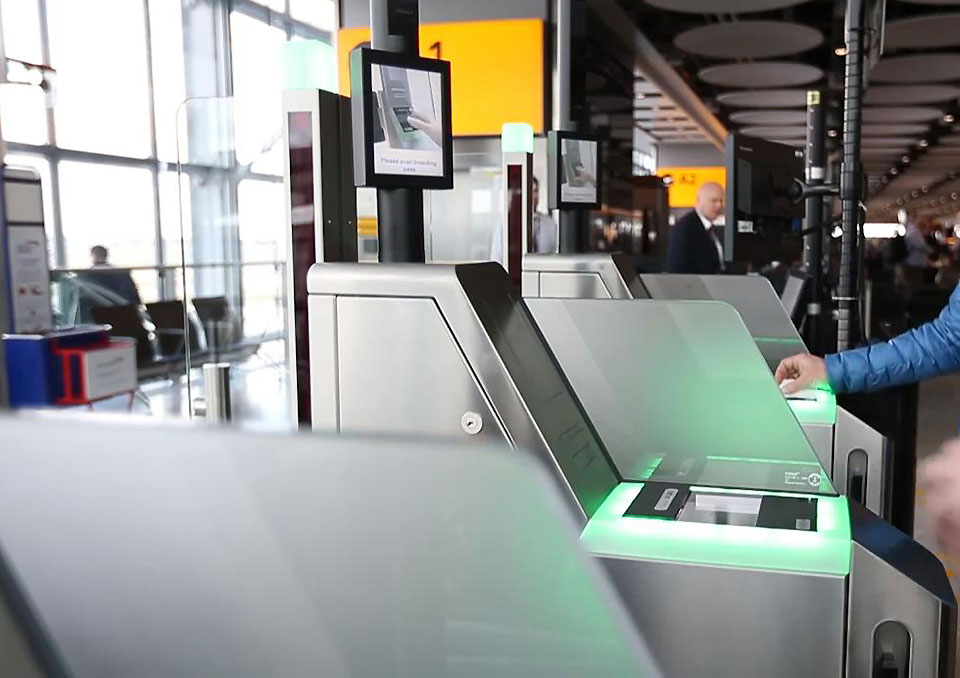
To improve the boarding experience, the top three suggestions from passengers are
More efficient queuing at the boarding gate (60%),
Not needing to get a bus to the aircraft (51%) and
More bin space for cabin luggage (46%).
To improve the connection experience, the top three desires from travellers are not having to go through security at the transfer airport (60%), not having to pick up and reclaim their bag at the transfer airport (59%) and not having to pass immigration at the transfer airport (55%).




